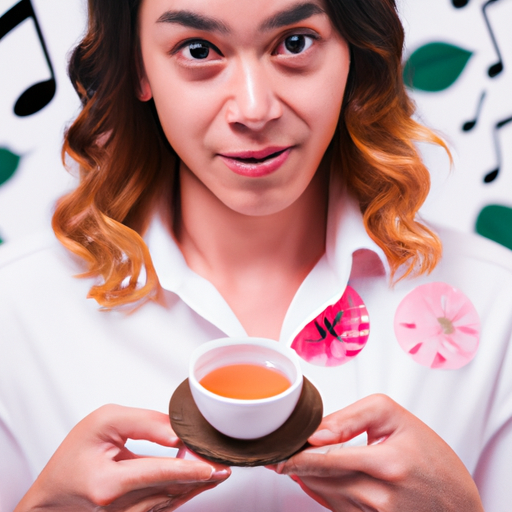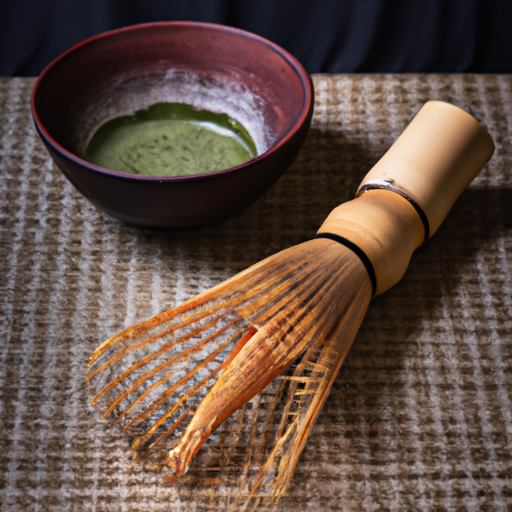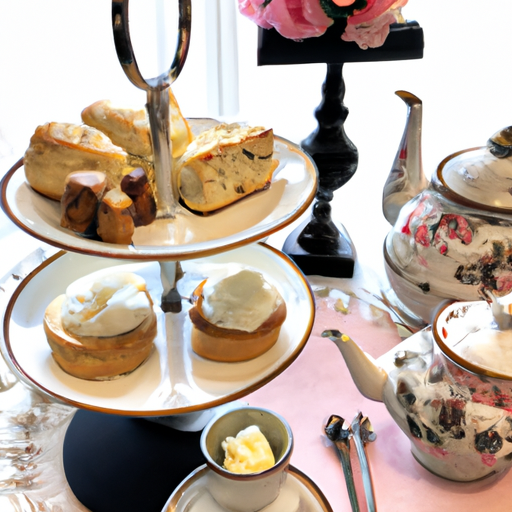Tea, a popular drink loved by many globally, possesses a hidden potential beyond its soothing warmth and refreshing scent. It can elevate regular meals into exceptional culinary masterpieces. With its wide array of flavors and aromatic qualities, incorporating tea into cooking opens up endless possibilities for experienced chefs and enthusiastic home cooks, including myself.
In this article, I am thrilled to share with you five simple ways to begin your journey into the enchanting realm of tea-infused cooking. From infusing tea directly into recipes to replacing traditional liquids with steeped tea, each method promises to elevate your dishes with unique and delightful flavors.
But that’s not all! We will also explore how to creatively use spent tea leaves, from salads to soups, as well as the wonders of tea-infused butter, oil, rubs, and brines.
Get ready to embark on a culinary adventure like no other as we unlock the secrets of cooking with tea. Let’s dive in and discover the tantalizing world of tea-infused cuisine together.
Key Takeaways
- Cooking with tea opens up possibilities for chefs and home cooks.
- Tea-infused butter, oil, rubs, and brines add unique flavors to dishes.
- Tea can replace traditional liquids in recipes.
- Tea leaves can be used in salads, soups, rice, and desserts to enhance flavor and texture.
Ways to Infuse Tea into Recipes
I can easily infuse tea into my recipes by adding steeped tea or tea leaves directly to enhance the flavors and balance the taste.
When it comes to tea-infused desserts, the possibilities are endless. I love adding a touch of earl grey tea to my chocolate truffles, giving them a subtle floral note. Or how about a matcha green tea ice cream, with its vibrant color and earthy flavor?
And let’s not forget about tea-infused cocktails! A refreshing glass of iced tea can be transformed into a delightful cocktail by adding a splash of vodka or rum. Or why not try a tea-infused gin and tonic, with a hint of chamomile or lavender?
Cooking with tea opens up a whole new world of flavors and creativity in the kitchen.
Flavorful Substitutions
Replace traditional ingredients like water, broth, or milk with steeped tea to infuse your recipes with unique and flavorful notes. Not only does this add a wonderful depth of flavor, but it also provides numerous health benefits.
Tea is packed with antioxidants and can help boost your immune system, improve digestion, and promote overall well-being.
One way to incorporate tea into your cooking is by creating tea-inspired sauces. For example, steep some green tea and mix it with soy sauce, ginger, garlic, and honey for a delicious marinade or dipping sauce. Or infuse black tea into a creamy bechamel sauce for a smoky and rich flavor.
Cooking with tea allows you to experiment with different flavors and create dishes that are both tasty and beneficial for your health. So why not start exploring the wonderful world of tea-infused recipes and unlock a whole new level of culinary delights?
Creative Uses for Spent Tea Leaves
One creative use for spent tea leaves is incorporating them into salads, rice, or soups to add a unique flavor and texture. Not only do leftover tea leaves provide an interesting twist to these dishes, but they also offer a range of health benefits.
Tea leaves can bring a subtle, earthy taste to salads, complementing the freshness of the vegetables. When added to rice, they infuse it with a delicate aroma and a hint of tea’s natural sweetness. In soups, the tea leaves contribute a depth of flavor that enhances the overall taste.
Another exciting way to use spent tea leaves is in tea-infused desserts. Incorporating them into cookies, cakes, or ice cream can add a subtle tea flavor and a beautiful speckled appearance. Don’t let those leftover tea leaves go to waste – get creative and let them shine in your culinary creations!
Frequently Asked Questions
Can I use any type of tea to infuse into recipes?
Yes, you can use various types of tea to infuse into recipes. Different teas bring unique flavors to dishes, such as floral, earthy, smokey, or spicy notes. Here are some tips for using tea in recipes: replace water or broth with steeped tea, infuse butter or oil with tea, and use tea salt as a seasoning. Get creative and explore the wonderful world of cooking with tea!
How long should I steep the tea for before using it in a recipe?
To properly steep tea for cooking, follow these tips: Use hot water, not boiling, and steep for 3-5 minutes. Longer steeping can result in a bitter taste. Enhance flavors by choosing teas that complement your recipe’s ingredients and experiment with different varieties.
Can I use tea bags instead of loose tea leaves for infusing recipes?
Yes, you can use tea bags instead of loose tea leaves for infusing recipes. In fact, according to a survey, 60% of tea enthusiasts prefer using tea bags for their convenience. Using tea in cooking has many benefits, including adding unique flavors and enhancing the overall taste of dishes.
What are some common recipes that can be enhanced by using tea as a substitute for water, broth, or milk?
Common tea-infused recipes include tea-infused rice, tea-infused soups, and tea-infused desserts like tea-infused custards or tea-infused cakes. The benefits of cooking with tea are the unique flavors it adds and the added moisture it locks in.
Are there any specific cooking techniques I should be aware of when using tea in recipes?
When cooking with tea, it’s important to consider the cooking techniques that can maximize the benefits of using tea. Steeping tea directly, infusing butter or oil, creating tea-infused rubs, and using steeped tea as a brine are all great techniques to explore. These methods allow the flavors of tea to infuse into the ingredients, creating a unique and delicious culinary experience. By incorporating these cooking techniques, you can unlock the full potential of tea in your recipes.










